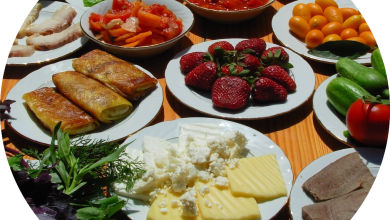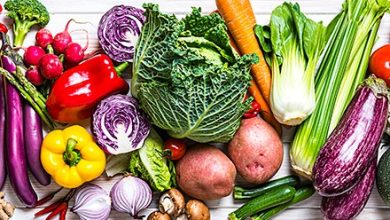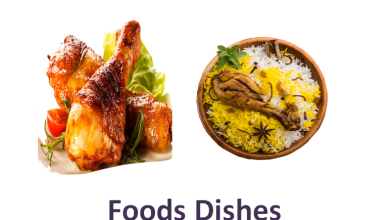What is the best Pakistani food in the world? Reasons why Pakistani food is famous
best Pakistani food
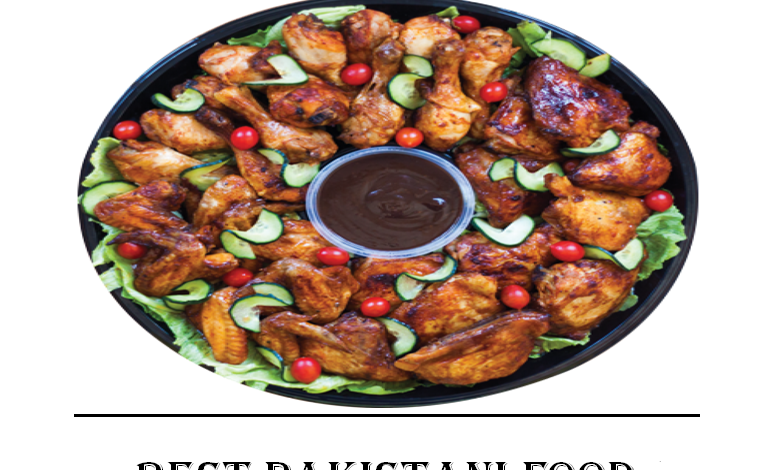
What is the best Pakistani food in the world?
There is no one “best” dish of Pakistani food since the cuisine is so varied and offers so many different flavors, textures, and cuisines. The variety and complexity of Pakistani cuisine, which has been inspired by many different places, cultures, and historical periods, is a testament to the country’s rich culinary heritage.
However, several Pakistani recipes are exceptionally well-liked and well-known both in Pakistan and abroad. Here are a few well-known and adored Pakistani dishes:
- Biryani:
- a fragrant and savory rice dish made with basmati rice, spices, and meat (usually lamb, beef, or chicken). A common dish served at events and on special occasions is biryani.
- Nihari:
- a slow-cooked stew that is typically eaten for breakfast with naan or paratha and is made with meat (mostly beef) and spices.
- Haleem:
- a filling and healthy dish prepared with lentils, meat (usually beef or chicken), and spices. To get a thick, porridge-like consistency, it is slowly cooked.
- Karahi:
- The name of the circular, deep cooking vessel used to produce this spicy and flavorful curry, which is made with meat (chicken, beef, or mutton) and is cooked with tomatoes, ginger, garlic, and a variety of spices.
- Pakoras:
- gram flour (besan) battered fritters that have been deep-fried and filled with a variety of veggies, meats, and seasonings. They are a well-liked snack during the wet months.
- Samosas:
- Pastries having a triangular form with a filling made of spiced potatoes, peas, and occasionally meat. They are frequently offered as a snack and are deep-fried.
- Chapli Kebab:
- Round patties made from spiced ground meat (often beef or lamb) are shallow-fried. The Khyber Pakhtunkhwa area is known for it.
- Rogan Josh:
- a hearty and flavorful curry composed with succulent chunks of meat, frequently lamb, and aromatic spices like cardamom, cinnamon, and bay leaves.
- Seekh Kebab:
- Often prepared from lamb or beef, skewered and grilled minced meat is seasoned with a variety of herbs and spices.
- Aloo Palak:
- a vegetarian dish prepared with potatoes (aloo) and spinach (palak), cooked with herbs, tomatoes, onions, and garlic.
- Paya:
- Traditionally eaten for breakfast, slow-cooked trotters (typically lamb or beef) in a delicious curry.
- Chana Chaat:
- Cooked chickpeas, onions, tomatoes, green chilies, and different spices are combined to create a fiery and acidic chickpea salad.
Each dish in Pakistani cuisine offers a distinct and fascinating gastronomic experience, making it a veritable treasure trove of culinary delicacies. The “best” Pakistani food ultimately comes down to individual tastes and preferences.
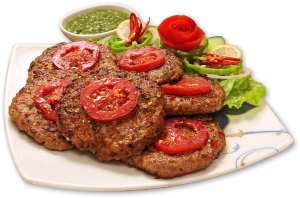
Reasons why Pakistani food is famous:
For a number of compelling reasons, Pakistani food has become well-known and respected on a global scale, making it a valued and in-demand culinary experience. Here are some of the main explanations behind Pakistani cuisine’s fame:
- Diverse and Rich Flavors: Pakistani food is recognized for having a wide range of delicious tastes. Dishes that are fragrant, tasty, and frequently exclusive to the area are made with a broad variety of spices, herbs, and seasonings.
- Heritage and Tradition: Pakistan’s culinary legacy is firmly anchored in its long-standing cultural customs and heritage. The renown of Pakistani cuisine is attributed to its authenticity and preservation of ancient recipes.
- Variety of Dishes: There are many different types of food available in Pakistani cuisine, including tasty kebabs, substantial curries, crisp salads, and aromatic biryanis. Many different tastes and preferences are satisfied by this diversity.
- Regional Specialties: The varied culinary delicacies found in each region of Pakistan reflect the variety of cultural and geographic influences present there. The distinctive cuisines from each location add to Pakistani cuisine’s overall diversity.
- Hospitality and Generosity: In Pakistani culture, hospitality and charity are highly valued, especially when it comes to food. A diverse array of foods is often provided to guests, guaranteeing a fascinating and gratifying eating experience.
- Fresh and Local Ingredients: The utilization of fresh, in-season, and locally obtained ingredients is emphasized in Pakistani cuisine. The flavor and nutritional content of the dishes are enhanced by the emphasis on premium, fresh vegetables.
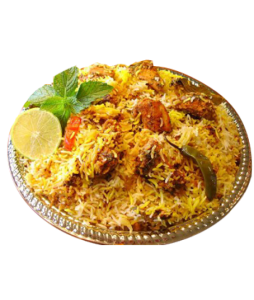
- Cultural Significance: In Pakistan, the importance of food is enormous. Traditional Pakistani meals are frequently the focal point of festivals, festivities, weddings, and other important occasions, highlighting their cultural importance.
- Communal Dining Experience: Meals in Pakistan are frequently consumed in a group setting, bringing together family and friends. The joy of enjoying the many tastes of Pakistani food is enhanced by the social aspect of dining.
- Global Diaspora: The global Pakistani diaspora has contributed significantly to the promotion and acceptance of Pakistani cuisine. A larger audience has become familiar with Pakistani cuisine thanks to restaurants and cafés that provide genuine dishes there.
- Social Media and Culinary Influencers: An international audience has been introduced to Pakistani cuisine thanks to the growth of social media and culinary influencers. Popularity of the dish has been aided by mouthwatering food photography, culinary demonstrations, and internet recipes.
- Recognition and Awards: The renown of Pakistani food has increased as a result of Pakistani chefs and restaurants winning accolades and recognition on a global scale for their culinary prowess and true to Pakistani tastes.
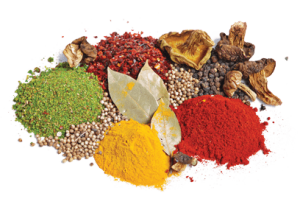
Overall, the rich and varied tastes, cultural history, hospitality, and the presence of the Pakistani diaspora across the world have all helped to make Pakistani cuisine well-known and praised around the world.


